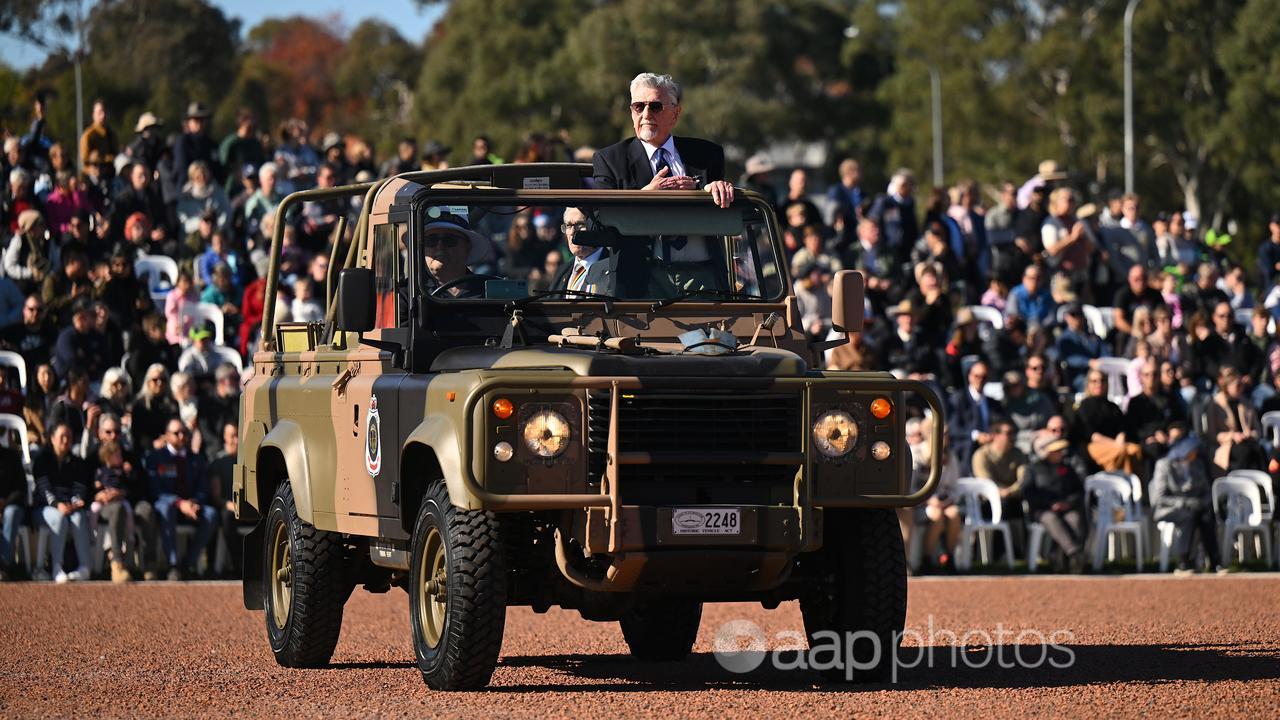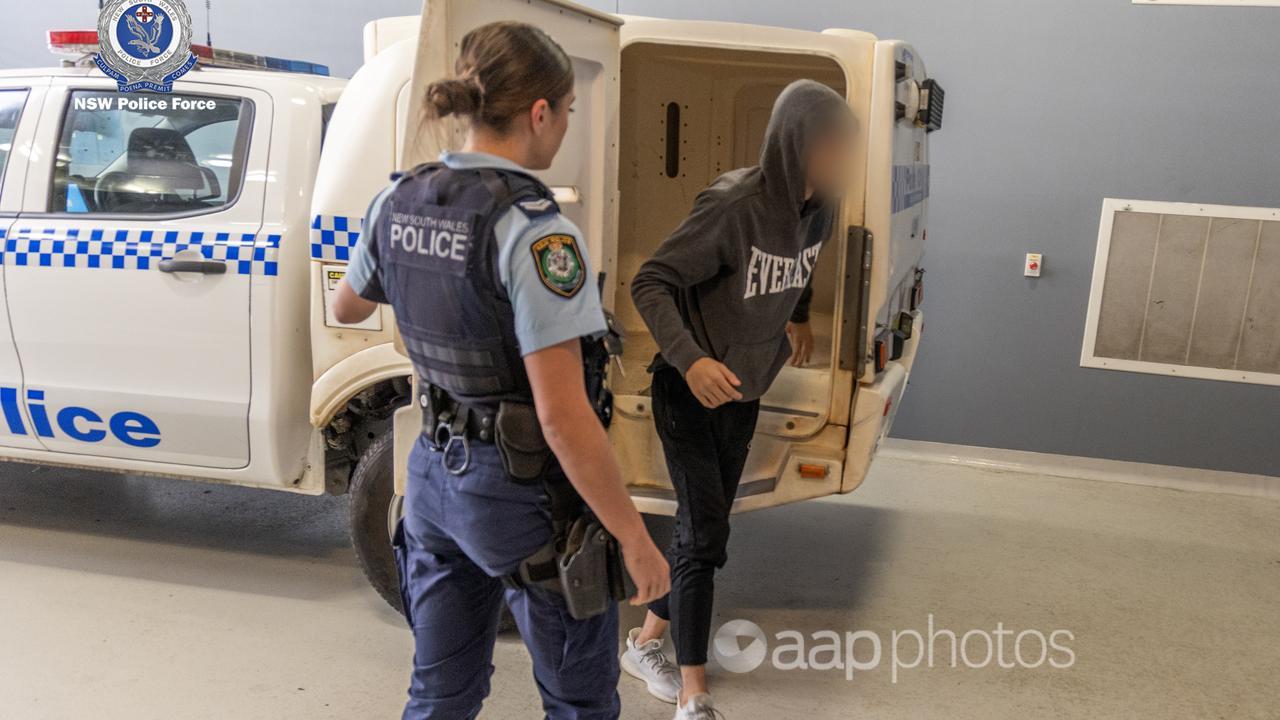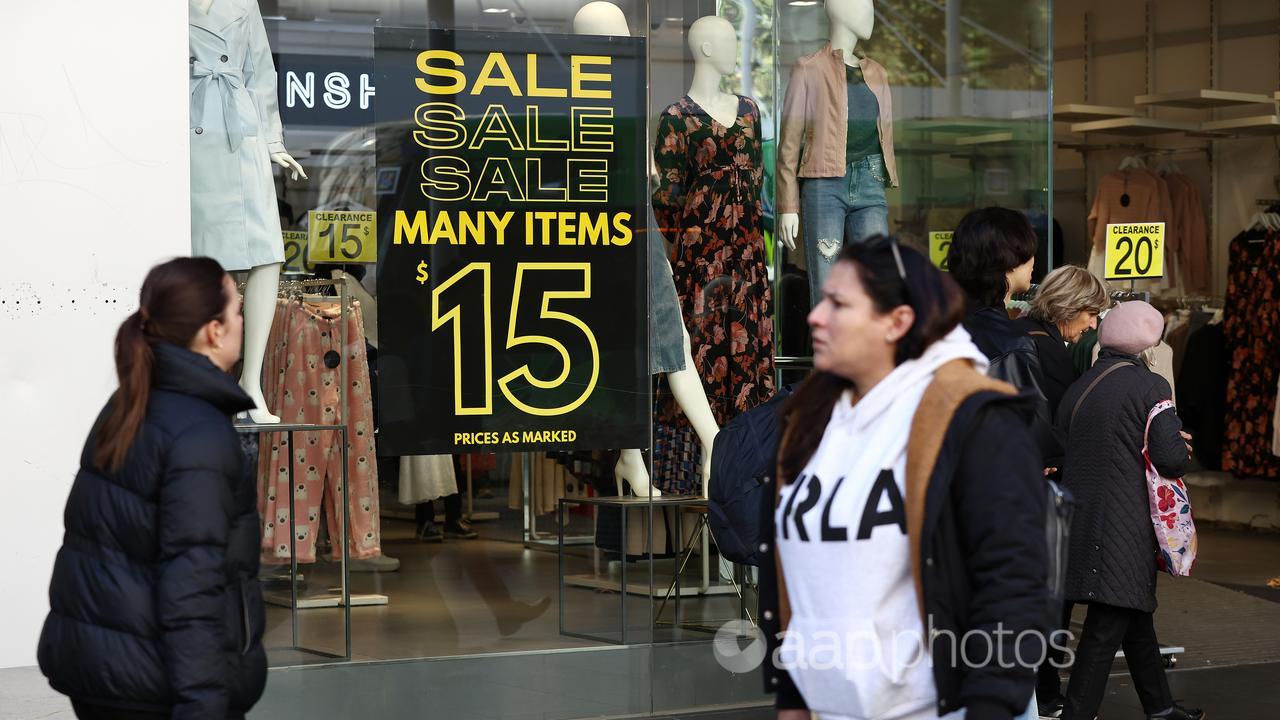The Statement
A historical image of a soldier carrying a donkey on his back has been shared widely on Facebook amid the ongoing the COVID-19 outbreak, presented as a cautionary tale about maintaining safety and control during difficult times.
The July 2 Facebook post features a black and white image with the headline “A Corona Virus Lesson”. Text below states the picture was taken in World War II.
“What’s happening is that the field is mined and that if the donkey was free to wonder (sic) as it pleased, it would likely detonate a charge and kill everyone,” the text says.
It continues: “the moral of the story is that during difficult times the first ones you have to keep under control are the jackasses who don’t understand the danger and do as they please.”
There are other examples of the post shared in Australia, including here, here and here, with total shares coming to more than 1,200 and views to more than 1.2 million.
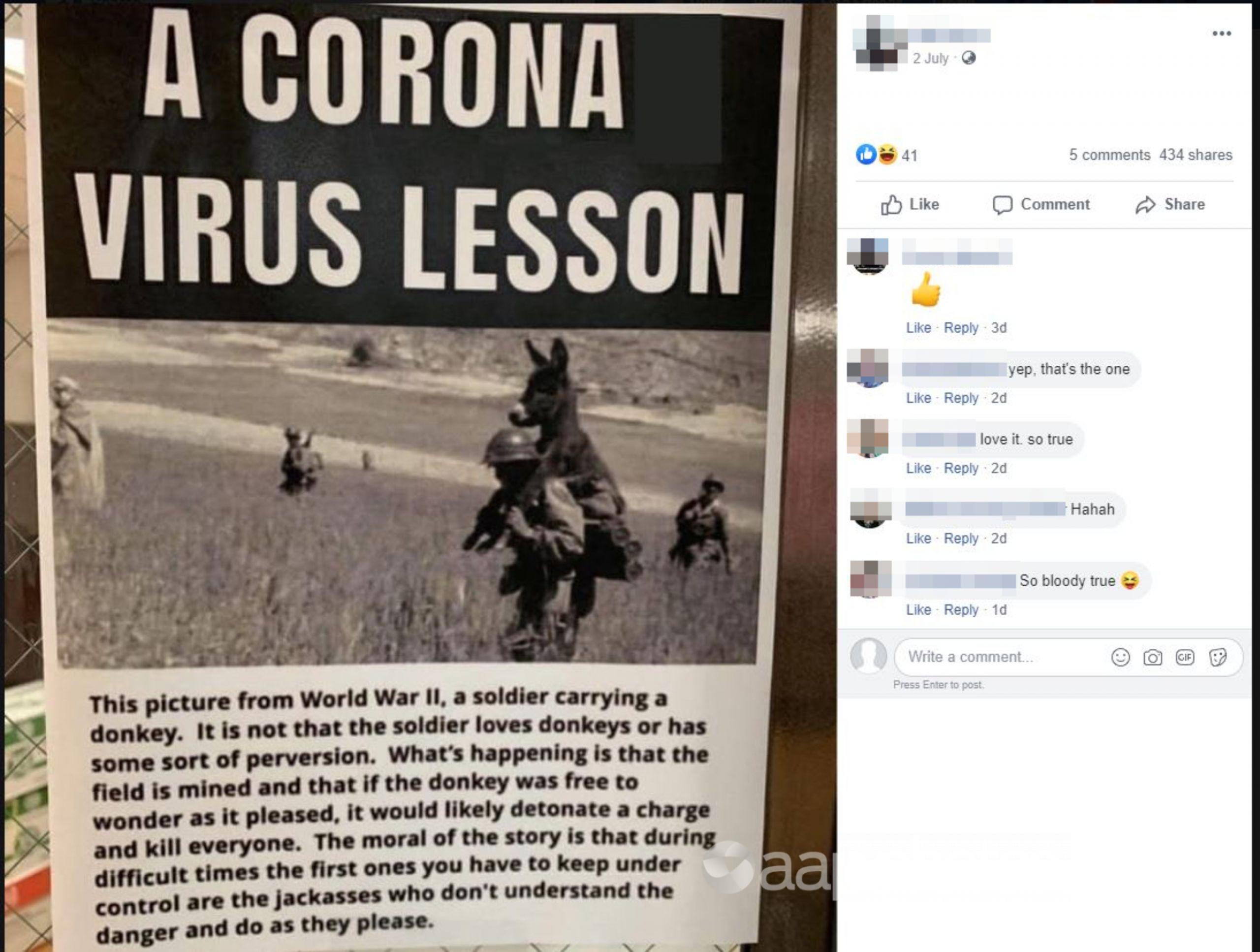
The Analysis
The claimed “moral of the story” in the post is a message about controlling dangerous behaviour that may threaten others and is not the subject of this fact check. However the photograph does not depict the situation described. The story behind the photograph of the soldier carrying the donkey is well-documented. It was taken not during World War II but rather in Algeria, in 1958 during the Algerian War of Independence. The conflict was waged against French colonial rule 13 years after World War II ended, and resulted in the formation of the People’s Democratic Republic of Algeria in 1962.
The photograph featured on the UK Daily Mirror newspaper’s front page on Friday 19 September in 1958. The accompanying article says a French Foreign Legionnaire who had a “tender heart” rescued the starving young donkey from the “sun-baked Algerian valley”.
The rescued donkey was named Bambi by the troops of the 13th Demi-Brigade of the Foreign Legion in 1958, according to Foreign Legion Info, a site dedicated to documenting the history of this unit of the French Army. Britain’s Royal Society for the Prevention of Cruelty to Animals sent a letter to the legion for their troops’ “demonstration of humanity.”
The real story behind the photo of the piggy-backed donkey has also been examined by fact checkers at Snopes and Fake History Hunter. Snopes refers to a passage by Douglas Porch in his 1991 book “The French Foreign Legion: A Complete History of the Legendary Fighting Force,” that says the donkey was nurtured back to health by the soldiers, who made it their unit’s mascot.
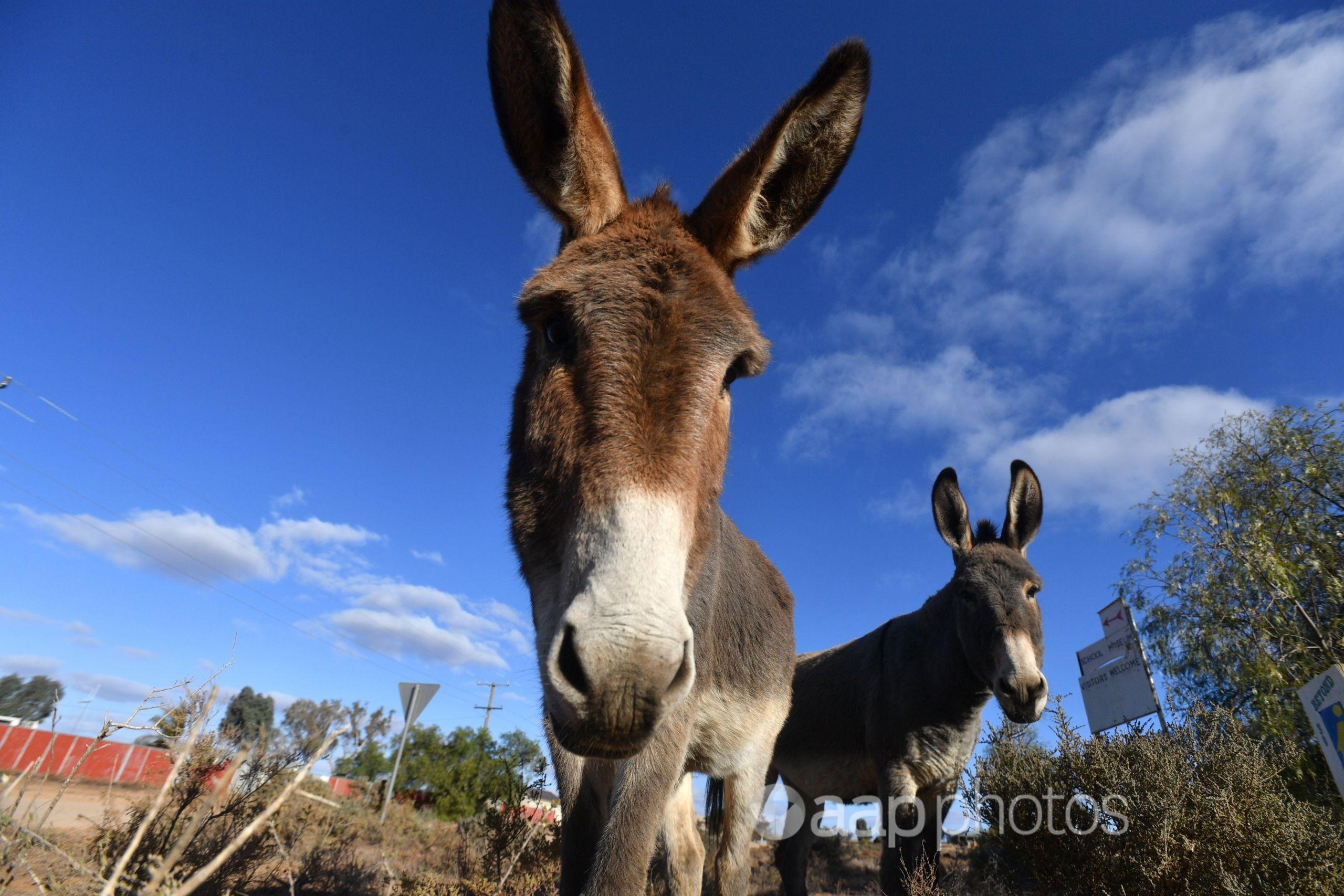
The Verdict
Based on the evidence, AAP FactCheck found the post misrepresents the photograph. While the claimed “moral of the story” may appeal to common sense, the photo it claims to be based on is not from World War II and does not depict a soldier carrying a donkey through a minefield. Instead it is a photo taken in Algeria 13 years later of a soldier who is indeed carrying a donkey but only because he is rescuing the animal.
False – The primary claims of the content are factually inaccurate.
AAP FactCheck is an accredited member of the International Fact-Checking Network. To keep up with our latest fact checks, follow us on Facebook and Twitter.
All information, text and images included on the AAP Websites is for personal use only and may not be re-written, copied, re-sold or re-distributed, framed, linked, shared onto social media or otherwise used whether for compensation of any kind or not, unless you have the prior written permission of AAP. For more information, please refer to our standard terms and conditions.








